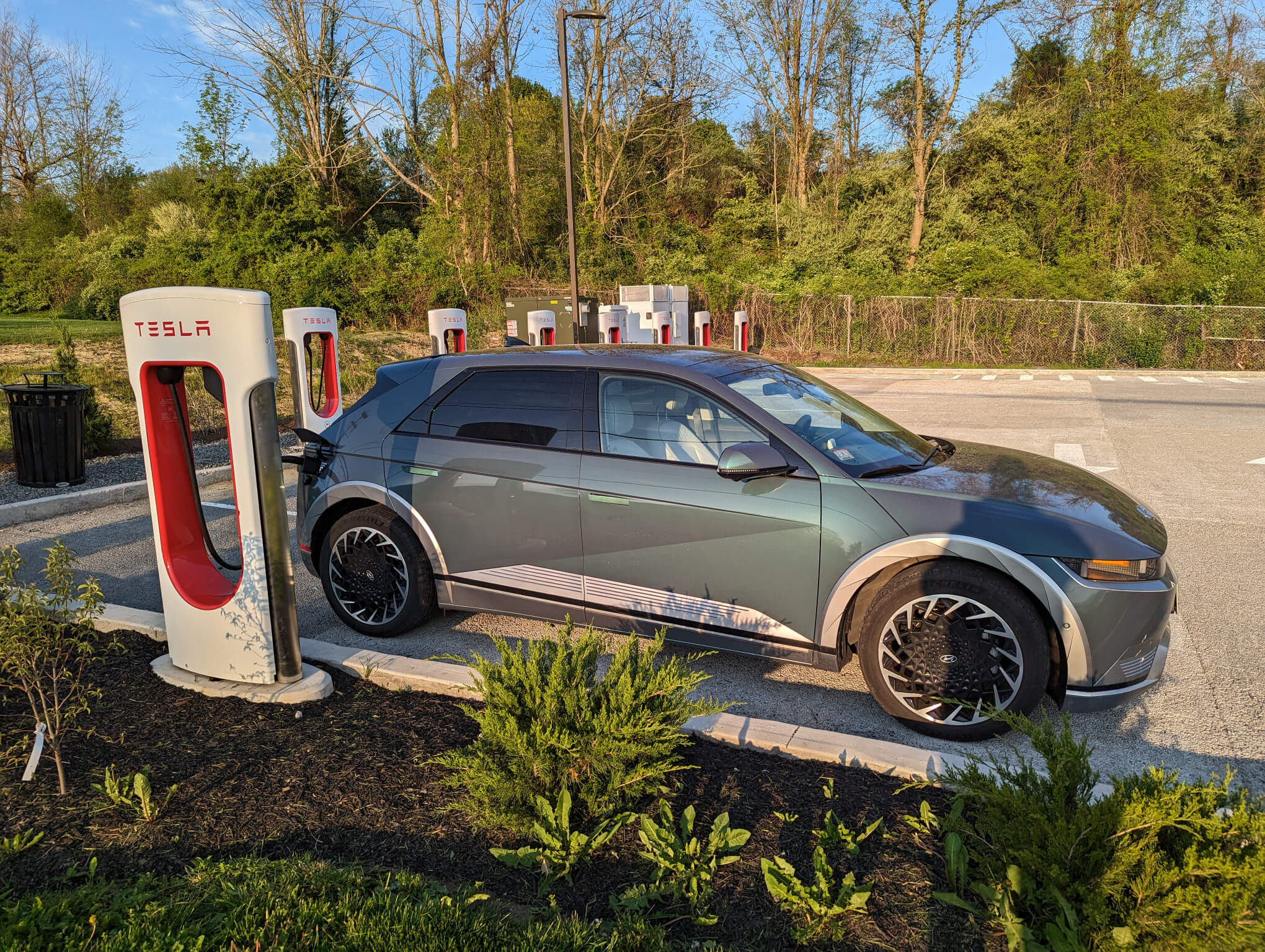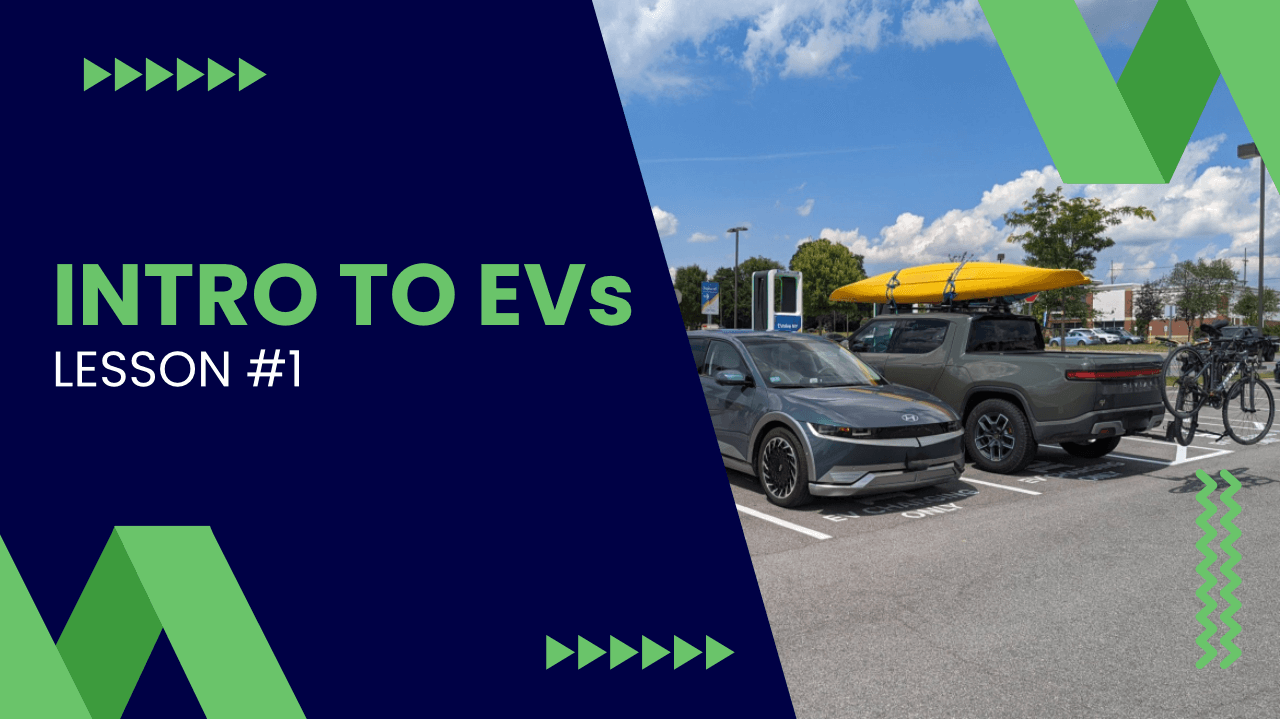As Hyundai-Kia Brands Confirm NACS Adoption, Tesla’s Magic Dock Expansion Raises Questions
October 5, 2023

Steve Birkett is an electric vehicle advocate based in Greater Boston, Massachusetts. He is a content creator and marketing professional who contributes written and recorded pieces to a wide range of media outlets. His analysis has been featured in Find The Best Car Price, WWLP TV, and Torque News, among others. He has also had video content featured on Inside EVs. Birkett was an EV Guide for Plug in America events in Massachusetts (Drive Electric Cambridge and Drive Electric Lowell) and Ohio (Earth Day 2019 at Cleveland Zoo). He participates in quarterly advisory panel meetings for EVolve New York (a state-level charging initiative) and has contributed to focus groups for prominent U.S. charging networks.
Birkett is a father-of-two who loves nothing more than packing up the family and hitting the road in their latest electric car, which is currently a 2022 Hyundai IONIQ 5. With multiple Chevy Bolts in his past, as well as a Chevy Volt and Tesla Model 3 LR in the extended family, plus various EV rentals when he ventures back home to his native United Kingdom, Birkett has more than 100,000 all-electric miles under his belt and is always ready to try out a new electric vehicle.
For press inquiries, contact steve@findthebestcarprice.com
For existing Hyundai-Kia EV drivers, the adoption of NACS comes with a mixture of relief that their model won’t be shut out of Superchargers, while also raising questions as to when Superchargers will be able to maximize the car’s capabilities if they have an 800V model.
For every other EV driver with a CCS model, the accelerated Magic Dock expansion makes life easier heading into 2024, while also raising questions around the future of CCS and how well adapters will work, when they eventually arrive.
- Steve Birkett, Senior EV Editor
October 5th, 2023 – Hyundai and Kia electric vehicles in North America will adopt Tesla’s connector type, now commonly referred to as “NACS” or the upcoming SAE J3400 standard, from Q4 2024. The South Korean automakers announced the widely expected news today, also confirming that existing owners of the brands with EVs that use the CCS1 charging connector will be able to access adapters to use NACS-equipped chargers from Q1 2025.
Following in the footsteps of Ford, General Motors, and many other automakers, Hyundai-Kia models will gain access to 12,000 Tesla Superchargers across North America, roughly doubling the fast charging options available to those owners.
While the news has been widely hailed as another milestone on the road to a single charge standard for North America, Tesla has simultaneously been expanding a program that works in favor of supporting the CCS1 connector type.

The solution known as “Magic Dock”, which essentially fuses a CCS1 adapter to all Superchargers at select V3 locations, has been tested at pilot locations across New York and California since early March, enabling non-Tesla models with a CCS port to charge by unlocking the adapter through the Tesla app. The tests have apparently been a success, as in the past two weeks Tesla has retrofitted tens of Supercharger locations with Magic Dock in more than 10 new states. Tesla clearly isn’t done with Magic Dock, as some had speculated, and in the near term is serving to make CCS EV purchases a more attractive option with every new location that becomes available to them.
Going back to Hyundai-Kia, owners of the automakers’ 800-volt system EVs have experienced mixed results at Magic Dock locations. Although they initially failed to charge some Hyundai models at all, the brand’s engineers worked out the bugs and got models like the IONIQ 5 charging after a couple of months. However, Superchargers still only delivered sub-50kW charging to many 800-volt models that can accept more than 5x that power on a capable public charger, sending Magic Dock charge times into the hours rather than minutes expected by these owners.
With the Magic Dock program accelerating and Hyundai-Kia adopting Tesla’s plug type, owners will hope that all of the kinks have been worked out by the time they plan an EV trip that relies on Superchargers. Tesla’s increasingly open network holds a great deal of promise when it comes to making EV ownership easier, but interoperability remains a challenge for every public charge point operator and announcements alone won’t change that fact.
Posted in Electric and Hybrid Vehicles, EV News |


